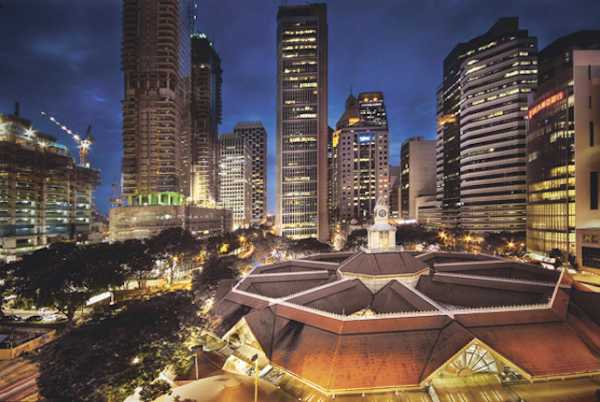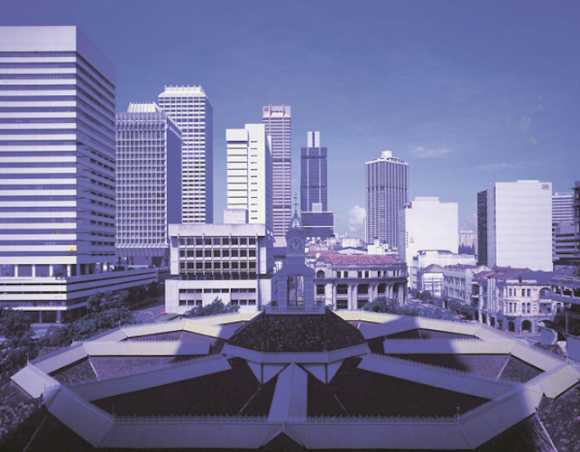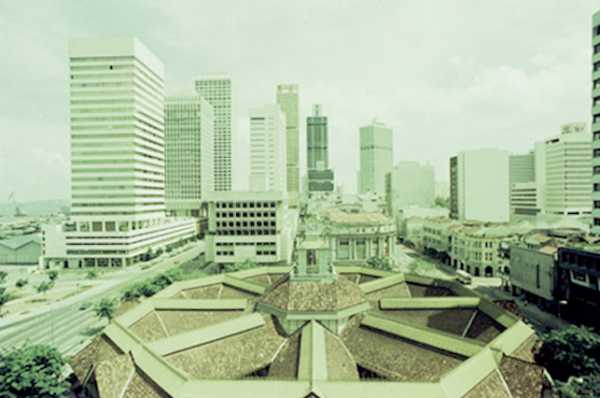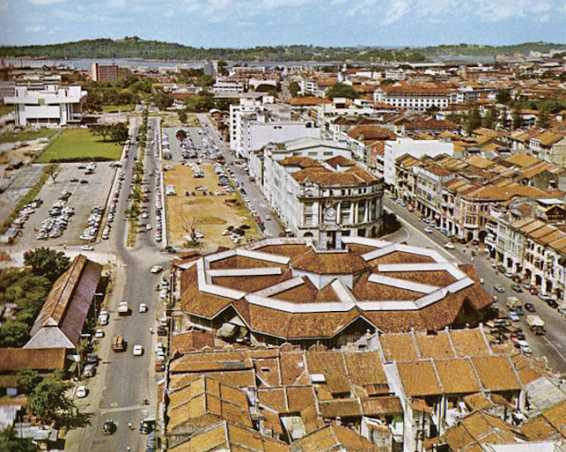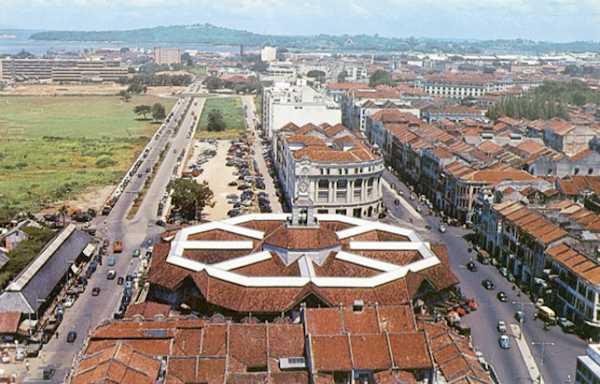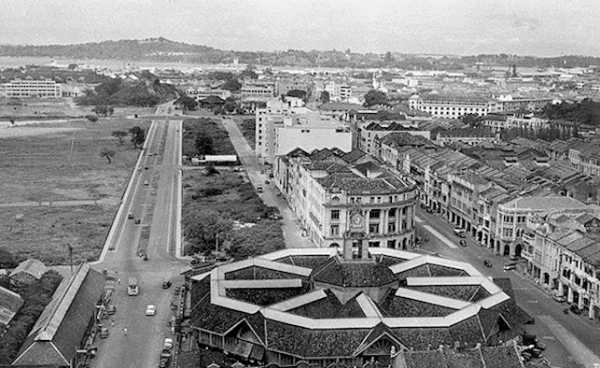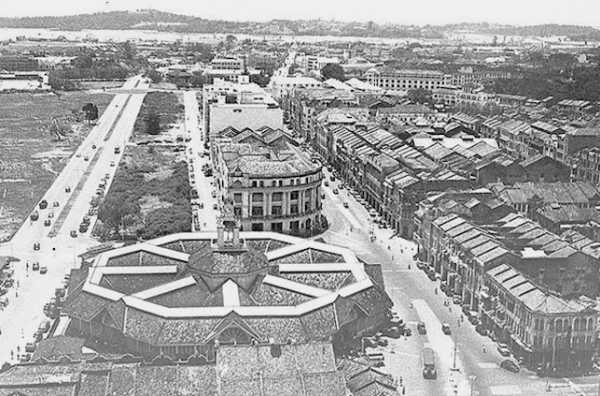Transforming and Mining Urban Stocks
Articulating the cultural capital embodied in Singapore’s heritage building stock and activating it through scenarios for the preservation of cultural, social, physical, economic and natural resources in Singapore
The rapid urbanisation of Singapore has seen it develop from a colonial outpost into a global post-industrial city-state. Today Singapore’s still relatively new built fabric ranges from public and private highrise housing stock, to flatted factories, leisure and shopping zones, to commercial office towers in the downtown area. This process has seen Singapore approach what many regard as the natural limits of its population density and carrying capacity.
From the perspective of sustainable, long-term development, the city’s existing building stock constitutes its most substantial concentration of economic capital. Since this recent period of rapid accumulation, issues of the social and cultural significance of the city’s building stock are becoming more important.
This module is focussed on the cultural capital that is also concentrated in Singapore’s building stock. The building stock acts both as witness of the recent past and as a potential structuring factor for the future of the city, and so will have a pivotal function in the developments of the next decades. The objective of this module is to articulate the cultural aspects of Singapore’s building stock in the envisioning of the city’s future. It begins by evaluating the cultural dimensions of the existing architectural stock in Singapore, following a multi scale approach that looks at the level of the building, the neighborhood, the district and the entire Island.
So far the transformation of the building stock has been reconstructed for two districts: Rochor+ and the Southern Downtown Core. On the island scale the project ‘Transforming Topographies’ has been initiated and is yielding data on additions of construction land through reclamation of land from the sea and levelling of mountains inland. The module inquires the relationship between the constant reorganisation of construction land and the buildings it carries. How political regimes impact construction techniques and use of building materials has been the topic of a study that deals with the history of brick making in Singapore. An architectural survey of sample buildings started in September 2013, looking at the way buildings have aged, were retrofitted and maintained. It will show how the findings on the large and medium spatial scales and the insights on planning visions materialise in buildings.
Building on this work, the module aims to project a future-oriented approach to architectural heritage. To this end, the module will formulate a series of scenarios for the long-term accumulation and preservation of cultural, social, physical, economic, and natural resources in Singapore.
